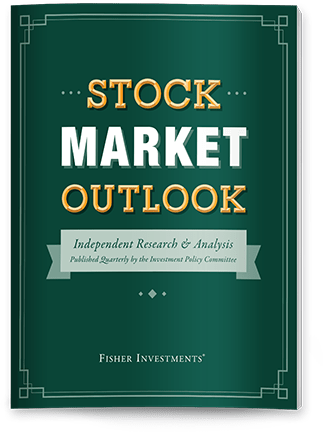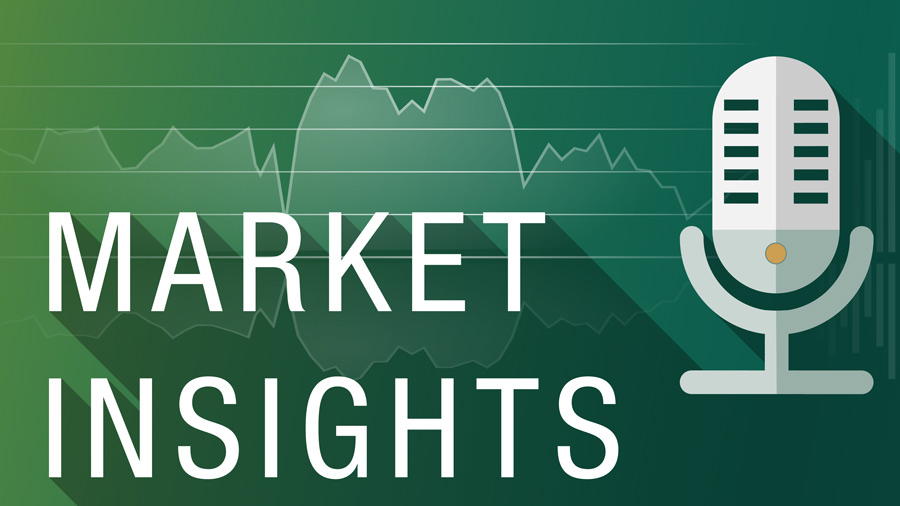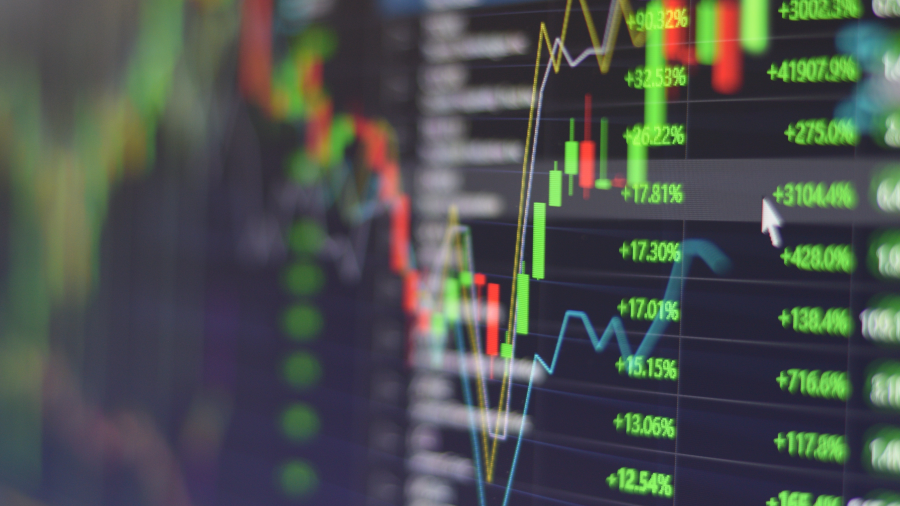Personal Wealth Management / Market Analysis
A Key Economic Indicator We’re Watching
Aaron Anderson, Fisher Investments’ Senior Vice President of Research and Investment Policy Committee member, discusses how the steepening of the global yield curve—which illustrates the difference between short-term and long-term interest rates—is an economic indicator for investors to watch. Aaron also explains how a steepening yield curve impacts sectors and countries in different ways.
Aaron says when the yield curve has a positive slope, which means long-term rates are higher than short-term rates, banks are encouraged to lend money owing to being more profitable. Conversely, a flat or inverted yield curve, where the gap between these rates narrows or reverses, makes lending less appealing for banks, which Aaron notes can tighten credit and curb economic growth.
According to Aaron, yield curves outside the US are currently steeper than in the US. He says that’s been a tailwind to non-US economies and stocks, and benefits categories like banks, industrials, and other value-oriented areas that tend to be more reliant upon credit availability. In his view, the steepening yield curve should likely continue to support non-US value stock leadership.
Transcript
Aaron Anderson:
Well, to put it very plainly, we think a steepening global yield curve is a very good thing for the global economy and a very good thing for the stock market, but it is likely to impact different parts of the world, different countries and different sectors, differently than others, and let me explain that in just a moment. First off, what is a yield curve? A yield curve is just a graphical representation of bonds of different maturities. Quite often you're using government bonds, but it basically is comparing the interest rates on short-term bonds—those that might mature in a few months or a few years—to longer term bonds, those that might mature in ten years or 20 years or 30 years.
The reason the difference between those interest rates is important— that's essentially what the yield curve measures, is the difference between short-term interest rates and long-term interest rates—is it has a big impact on the financial system—banks, specifically, because if you think about how a bank operates, banks borrow money from all of us or through other sources at short-term interest rates, and they lend out at long-term interest rates.
They make mortgage loans, they make business loans, they make consumer loans. So, when there's a nice positive spread between the two— lower short-term interest rates, higher long-term interest rates— all of a sudden, those loans become nicely profitable for banks, there's a big economic incentive for them to do more lending. The condition we've been over the last few years is very different, though. Lots of parts of the world, including the US, have had flat or even inverted yield curves.
A flat yield curve just basically means there's really not much difference at all between short-term and long-term interest rates. An inverted yield curve means that short-term interest rates are actually higher than long-term interest rates, and that can be a challenge for banks because that squeezes their net interest margins. It makes lending less profitable for them, and so, they're less inclined to want to make as many loans as they might otherwise. And so, what we like to see economically is a nice steep yield curve that promotes better lending, and that's really the lifeblood of the global economy. And as the question implies, recently, we've gone from a situation where yield curves were flat or inverted, to now getting steeper yield curves.
Again, we think that's a good thing. But as I said, it does impact different parts of the world differently. What we're seeing is, outside of the US, yield curves are steepening more than they are in the US. The US yield curve is still relatively flat, whereas in Europe and elsewhere, you've got a nice positive slope to the yield curve. So, we think that provides, in a relative sense, a little bit more of a tailwind to non-US economies relative to the US economy. The same is true for different sectors. One of the big beneficiaries, obviously, of a steepening yield curve is banks, because it improves their net interest margins, makes them more willing to make loans and so forth. But it also impacts the sectors and industries that rely on that bank lending. So, that would be areas like industrials, other value-oriented areas that tend to require credit to run their businesses. They might be a little bit more capital intensive, a little bit more reliant on credit availability.
And so, as those credit conditions improve, again, all else equal, we think provides a little bit more of a tailwind to some of those more cyclical, more value-oriented parts of global equity markets today. So, from a portfolio positioning standpoint, we would say that tends to favor non-US equities, and it tends to favor value stocks over growth stocks.
Hi, this is Ken Fisher. Subscribe to the Fisher Investment YouTube channel if you like what you've seen. Click the bell to be notified as soon as we publish new videos.

Where Might the Market Go Next?
Confidently tackle the market’s ups and downs with independent research and analysis that tells you where we think stocks are headed—and why.




